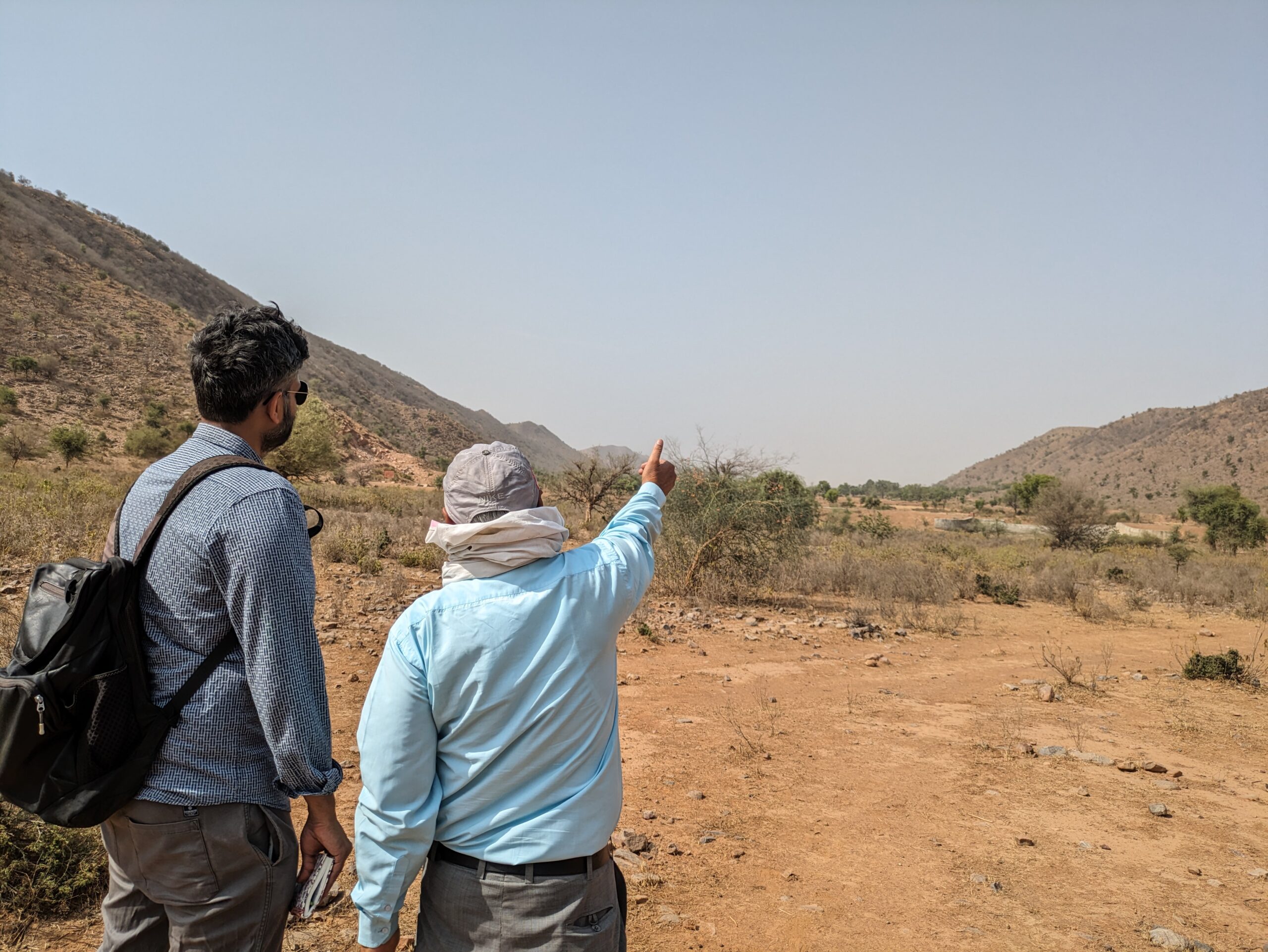Research Outputs

Cultivating Climate Comprehension: Analysing Critical Climate-Stress Moments in Semi-Arid Karnataka, India
Climate-change projections are often not useful for agricultural purposes because they are not region-specific and do not include smaller timescales, such as the seasonal or daily timescale. This poses a challenge for farmers, who are dependent on understanding the climate to make adequate adaptation decisions.
Undertaken by students of Wageningen University as part of their MSc programme, this project aims to identify and analyse critical climate-stress moments in Raichur and Chikkaballapur districts, Karnataka, India.
Research Question
What historical trends regarding critical climate-stress moments in agriculture can be observed in Raichur and Chikkaballapur based on:
- Temperature data between 1951 and 2024, and
- Rainfall data between 1901 and 2024?
Key Results
A comparison of IMD and IPED rainfall data indicates that the trend for days above 40°C has been increasing for Raichur. Winter temperatures are increasing by 0.6°C and 0.9°C in Raichur and Chikkaballapur respectively.
For both regions, the onset of the Kharif season starts earlier in the year. The number of days with heavy rainfall is increasing in Raichur.
Actionable Insights
Based on the study and discussions with local stakeholders, it is recommended that more crop-specific research be undertaken to investigate how crops react to multiple climate stresses. This can help inform crop choices made by local farmers as climate stresses continue to unfold. Similar research undertaken in neighbouring districts can help guide policy decisions at the district and state level.
These results also point to the need to address health impacts of extreme weather events and temperatures on workers. Sharing these insights with farmers can help them prepare for an increasingly unpredictable world.
